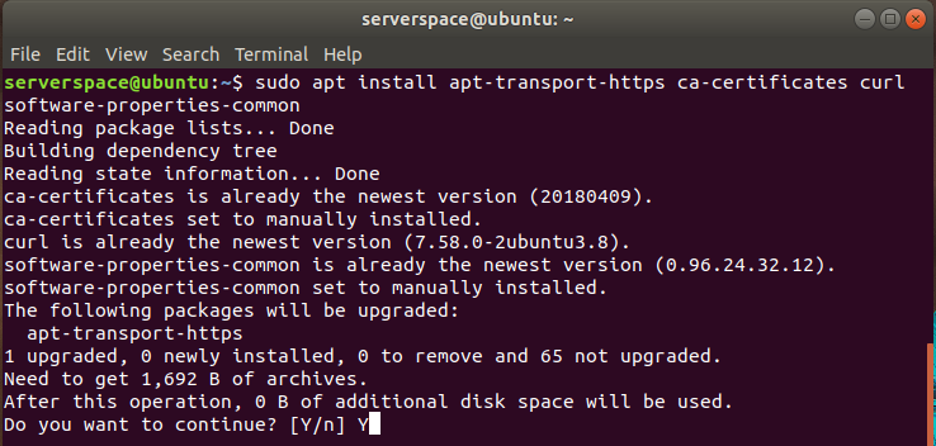

This enables us to use the officially supported method of the installation.įirst, we add the GPG key, by entering the following command in the command line: curl -fsSL | sudo apt-key add. This will make the installation process much easier. Now we have to add the Docker repositories. software-properties-common – adds scripts to manage the software.ca-certificates – lets the web browser and system check security certificates.apt-transport-https – lets the package manager transfer files and data over https.To better understand the command above here is a short description of what it means:
#DOCKER UBUNTU DESKTOP INSTALL#
You can do this with the help of a single command: sudo apt-get install curl apt-transport-https ca-certificates software-properties-common Once we have updated the system, we need to install some necessary packages before we are ready to install Docker script. Run the following two commands: sudo apt update Then, the system needs to be updated to make it safer and reliable to install Docker. If you’re having trouble, check out our PuTTY tutorial. Access Your VPSįirst, we have to connect to the server using SSH. However, the installation process will not be complicated because of it.

#DOCKER UBUNTU DESKTOP HOW TO#
How to Install Docker on Ubuntu 18.04ĭocker is not in the official Ubuntu 18.04 repositories. In addition, docker works with OS sensitive mount points like /sys and /proc which are read-only mounts. Segregation in an isolated environment is another core aspect of Docker that attracts developers.

Think of services like Microsoft Azure, Puppet, Ansible, OpenStack and others. This utility also supports multi-cloud computing, which means it is adaptable to applications that use cloud computing for saving data on servers. It becomes a laboratory in itself where a user can experiment with new commands to fill in the container and make it functional in various tasks. Let’s do a quick rundown of the main benefits users experience when using Docker.ĭocker is adaptable allowing users to carry out continuous testing, deploy and check outcomes as many times as they want, with as many implications.


 0 kommentar(er)
0 kommentar(er)
